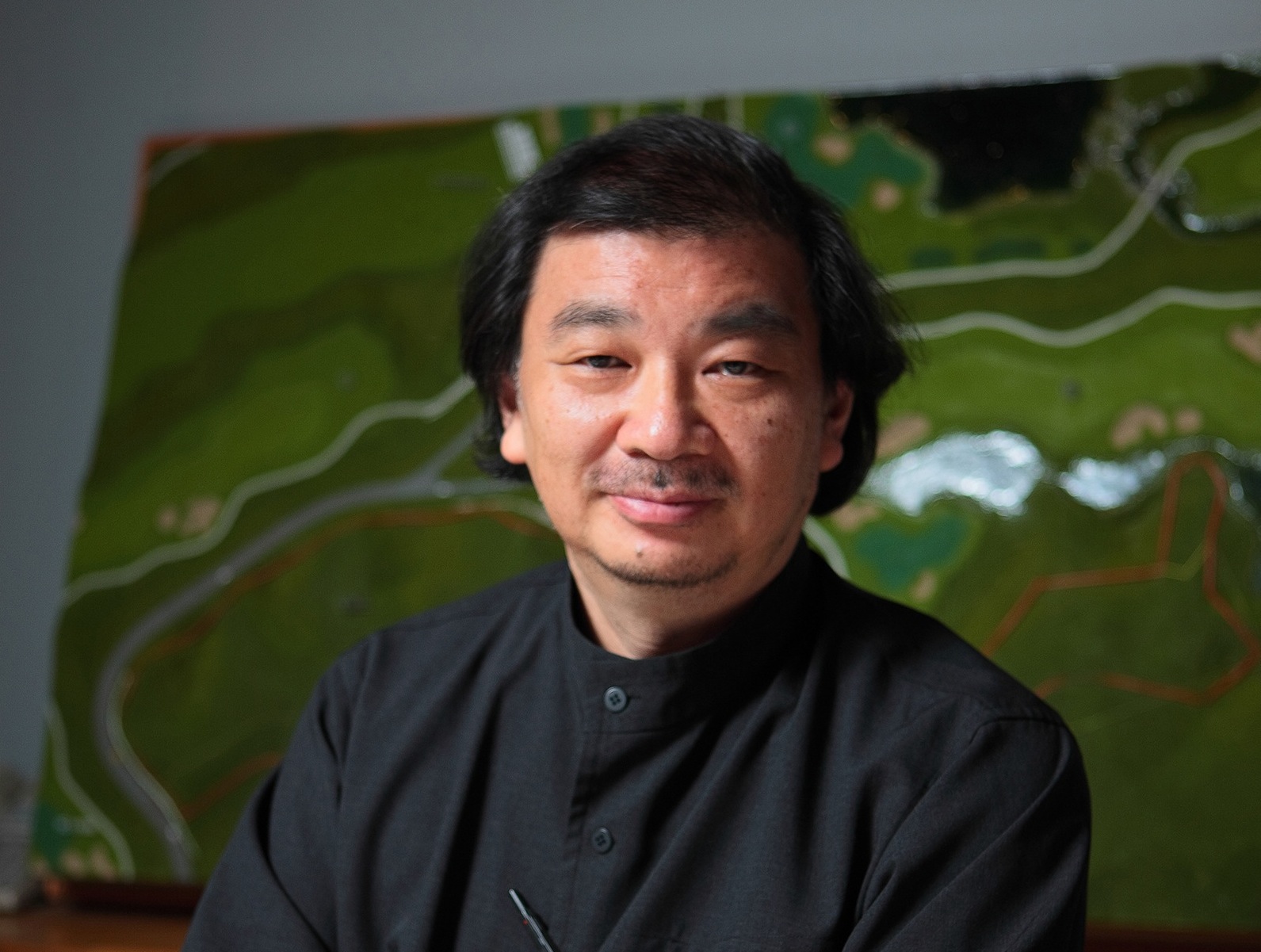Shigeru Ban will receive the 2014 Pritzker Architecture Prize. Tom Pritzker, Chairman and President of The Hyatt Foundation, which sponsors the prize, made the announcement on Monday.
Shigeru Ban, a Tokyo-born, 56-year-old architect with offices in Tokyo, Paris, and New York, is rare in the field of architecture. He designs elegant, innovative work for private clients, and uses the same inventive and resourceful design approach for his extensive humanitarian efforts.
For 22 years Ban has traveled to sites of natural and man-made disasters around the world, to work with local citizens, volunteers, and students, to design and construct simple, dignified, low-cost, recyclable shelters and community buildings for the disaster victims.
“Receiving this prize is a great honor, and with it, I must be careful," said Shigeu Ban. "I must continue to listen to the people I work for, in my private residential commissions and in my disaster relief work. I see this prize as encouragement for me to keep doing what I am doing – not to change what I am doing, but to grow."
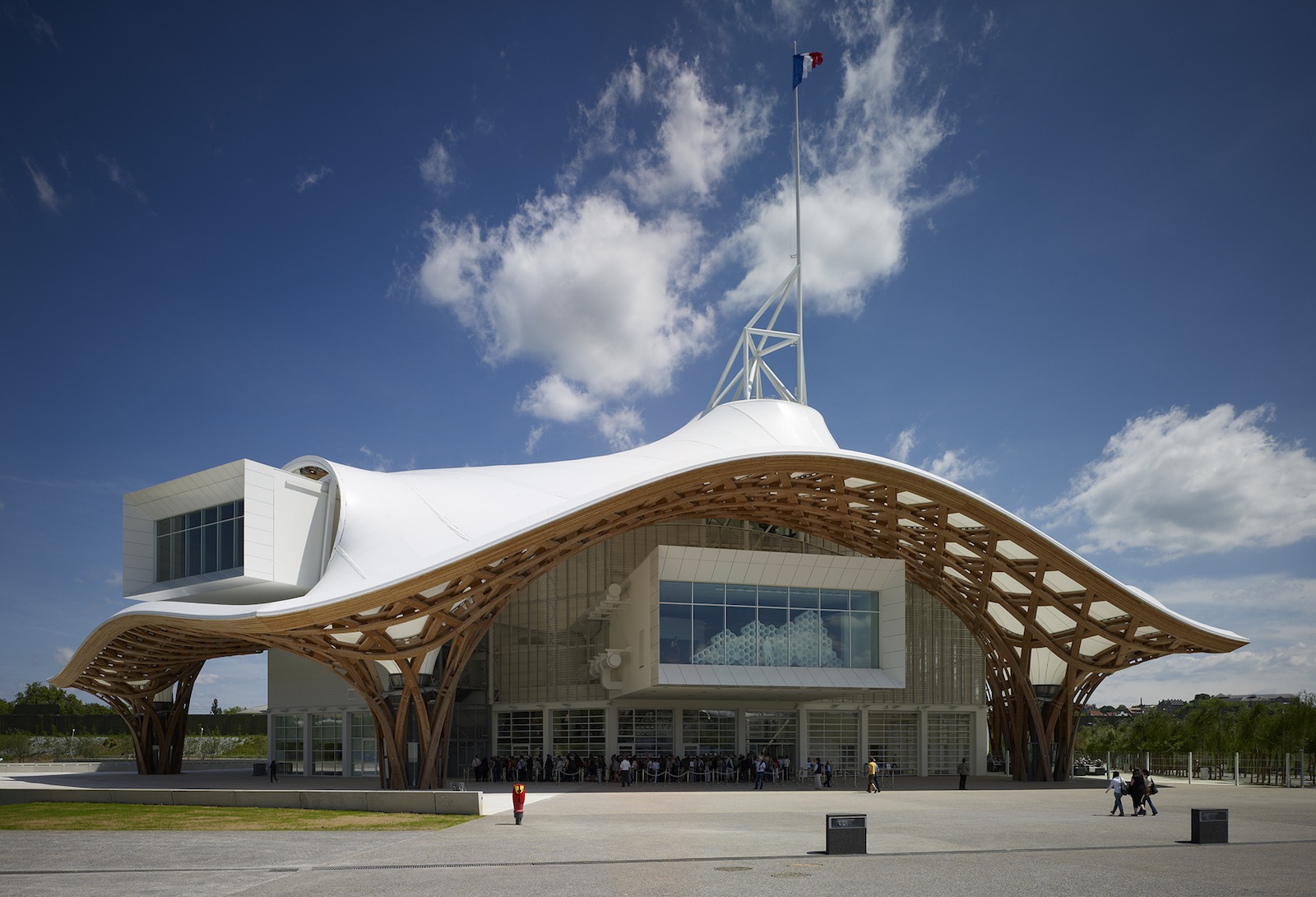
Centre Pompidou-Metz, 2010, France; Photo by Didier Boy de la Tour
In all parts of his practice, Ban finds a wide variety of design solutions, often based around structure, materials, view, natural ventilation, and light, and a drive to make comfortable places for the people who use them.
From private residences and corporate headquarters, to museums, concert halls and other civic buildings, Ban is known for the originality, economy, and ingeniousness of his works, which do not rely on today’s common high-tech solutions.
The Swiss media company Tamedia asked Ban to create pleasant spaces for their employees. He responded by designing a seven-story headquarters with the main structural system entirely in timber. The wooden beams interlock, requiring no metal joints.
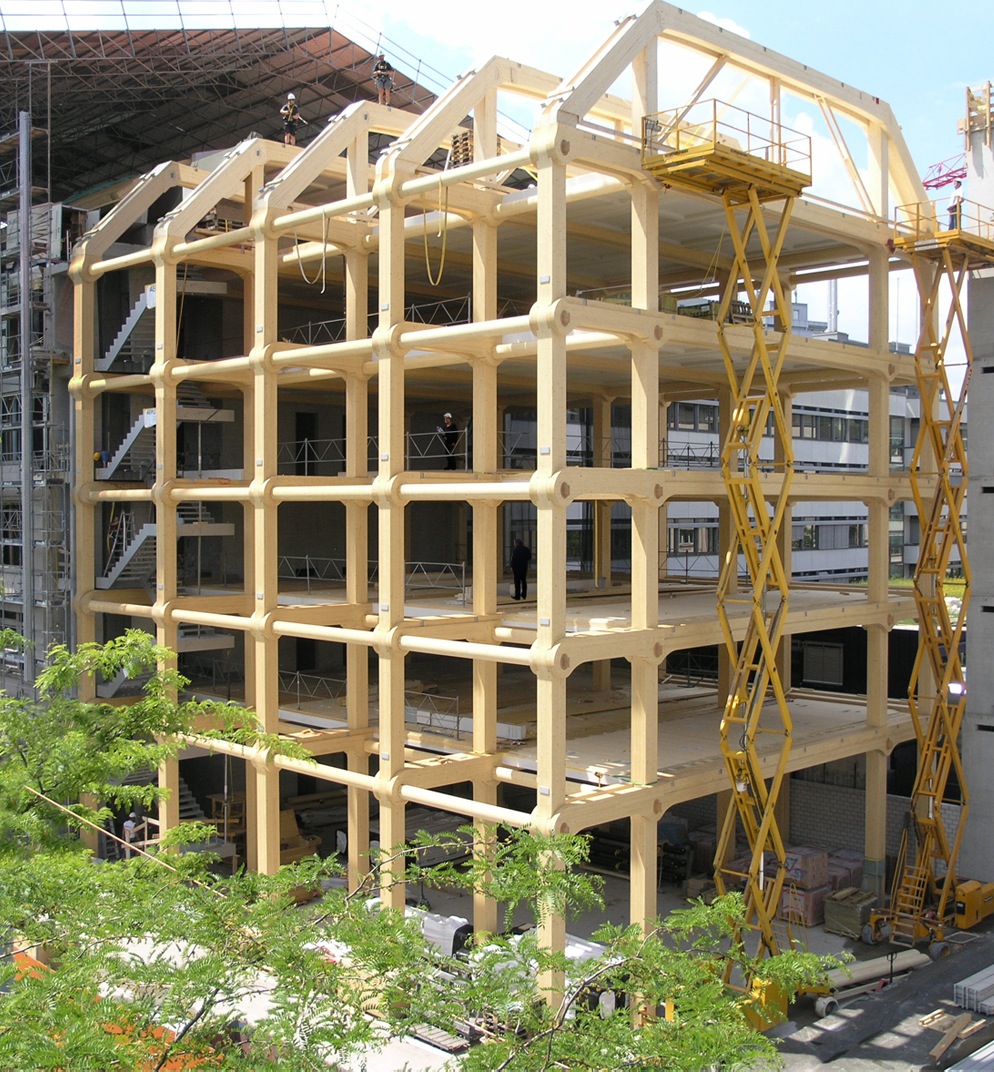
Tamedia Building, 2013, Zurich, Switzerland; Photo by Shigeru Ban Architects Europe
For the Centre Pompidou-Metz, in France, Ban designed an airy, undulating latticework of wooden strips to form the roof, which covers the complex museum program underneath and creates an open and accessible public plaza.
To construct his disaster relief shelters, Ban often employs recyclable cardboard paper tubes for columns, walls, and beams, as they are locally available, inexpensive, easy to transport, mount and dismantle, and they can be water- and fire-proofed, and recycled. He says that his Japanese upbringing helps account for his wish to waste no materials.
As a boy, Shigeru Ban observed traditional Japanese carpenters working at his parents’ house and to him their tools, the construction, and the smells of wood were magic. He would save cast aside pieces of wood and build small models with them. He wanted to become a carpenter. But at age eleven, his teacher asked the class to design a simple house and Ban’s was displayed in the school as the best. Since then, to be an architect was his dream.
Ban’s humanitarian work began in response to the 1994 conflict in Rwanda, which threw millions of people into tragic living conditions. Ban proposed paper-tube shelters to the United Nations High Commissioner for Refugees and they hired him as a consultant.

Cardboard Cathedral, 2013, Christchurch, New Zealand; Photo by Stephen Goodenough
After the 1995 earthquake in Kobe, Japan, he again donated his time and talent. There, Ban developed the “Paper Log House,” for Vietnamese refugees in the area, with donated beer crates filled with sandbags or the foundation, he lined up the paper cardboard tubes vertically, to create the walls of the houses.
Ban also designed “Paper Church,” as a community center of paper tubes for the victims of Kobe. It was later disassembled and sent to Taiwan, and reconstructed there, in 2008.
Ban works with local victims, students, and other volunteers to get these disaster relief projects built. In 1995, he founded a non-governmental organization (NGO) called VAN: Voluntary Architects’ Network. With VAN, following earthquakes, tsunami, hurricanes, and war, he has conducted this work in Japan, Turkey, India, Sri Lanka, China, Haiti, Italy, New Zealand, and currently, the Philippines.
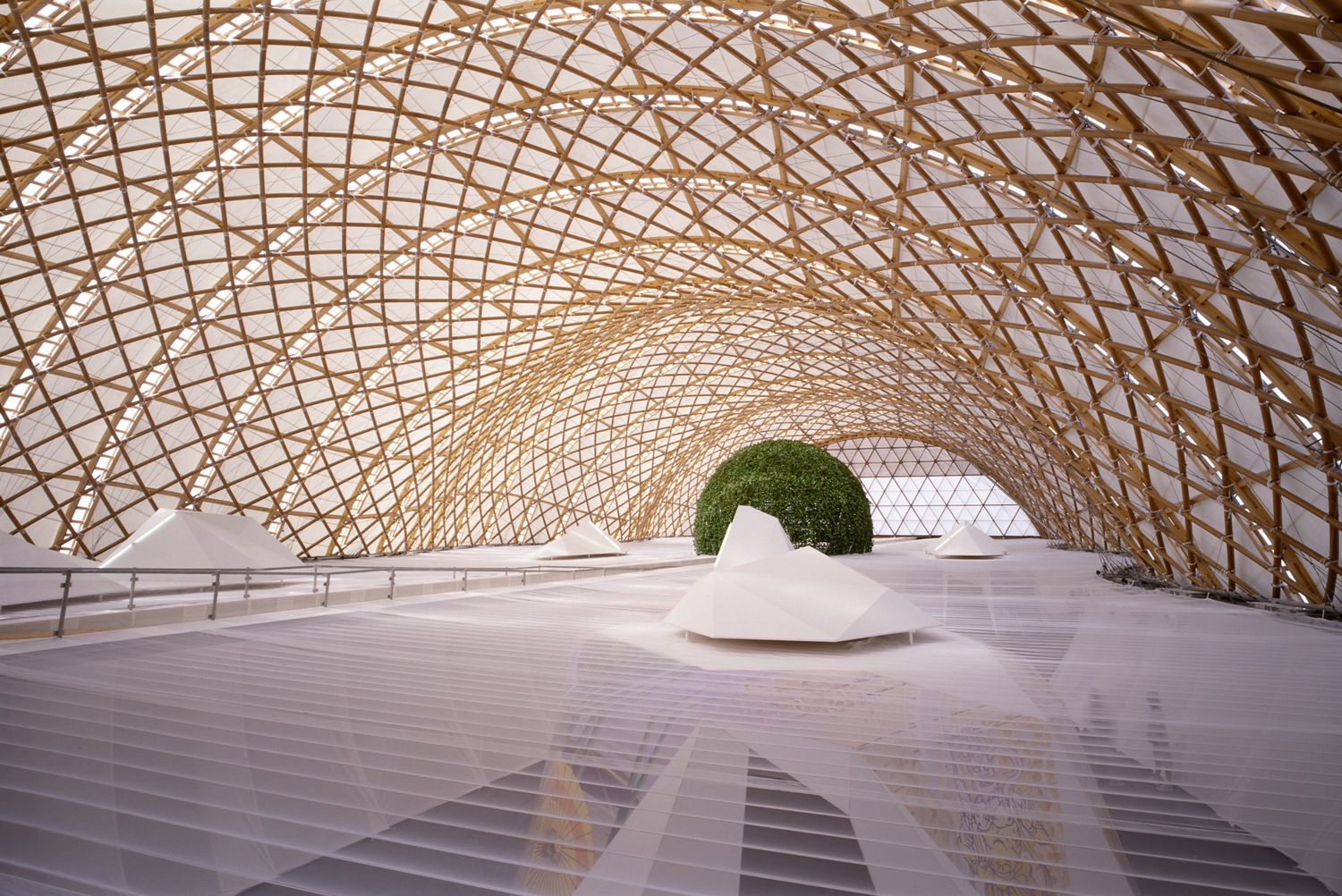
Japan Pavilion, Expo 2000 Hannover, 2000, Germany; Photo by Hiroyuki Hirai
Pritzker Prize jury chairman, The Lord Palumbo, said, “Shigeru Ban is a force of nature, which is entirely appropriate in the light of his voluntary work for the homeless and dispossessed in areas that have been devastated by natural disasters. But he also ticks the several boxes for qualification to theArchitectural Pantheon -- a profound knowledge of his subject with a particular emphasis on cutting-edge materials and technology; total curiosity and commitment; endless innovation; an infallible eye; an acute sensibility -- to name but a few.”
The citation from the Pritzker Prize jury underscores Ban’s experimental approach to common materials such as paper tubes and shipping containers, his structural innovations, and creative use of unconventional materials such as bamboo, fabric, paper, and composites of recycled paper fiber and plastics.
The jury cited Naked House (2000) in Saitama, Japan, in which Ban clad the external walls in clear corrugated plastic and sections of white acrylic stretched internally across a timber frame. The layering of translucent panels evokes the glowing light of shoji screens.
The client asked for no family member to be secluded, so the house consists of one unique large space, two-stories high, in which four personal rooms on casters can be moved about freely.
Ban is the seventh Japanese architect to become a Pritzker Laureate – the first six beingthe late Kenzo Tange in 1987, Fumihiko Maki in 1993, Tadao Ando in 1995, the team of Kazuyo Sejima and Ryue Nishizawa in 2010, and Toyo Ito in 2013.
The award ceremony will take place on June 13, 2014, at the Rijksmuseum in Amsterdam, The Netherlands.
For more, visit: http://www.pritzkerprize.com/laureates/2014

Paper Refugee Shelters for Rwanda, 1999, Byumba Refugee Camp, Rwanda; Photo by Shigeru Ban Architects
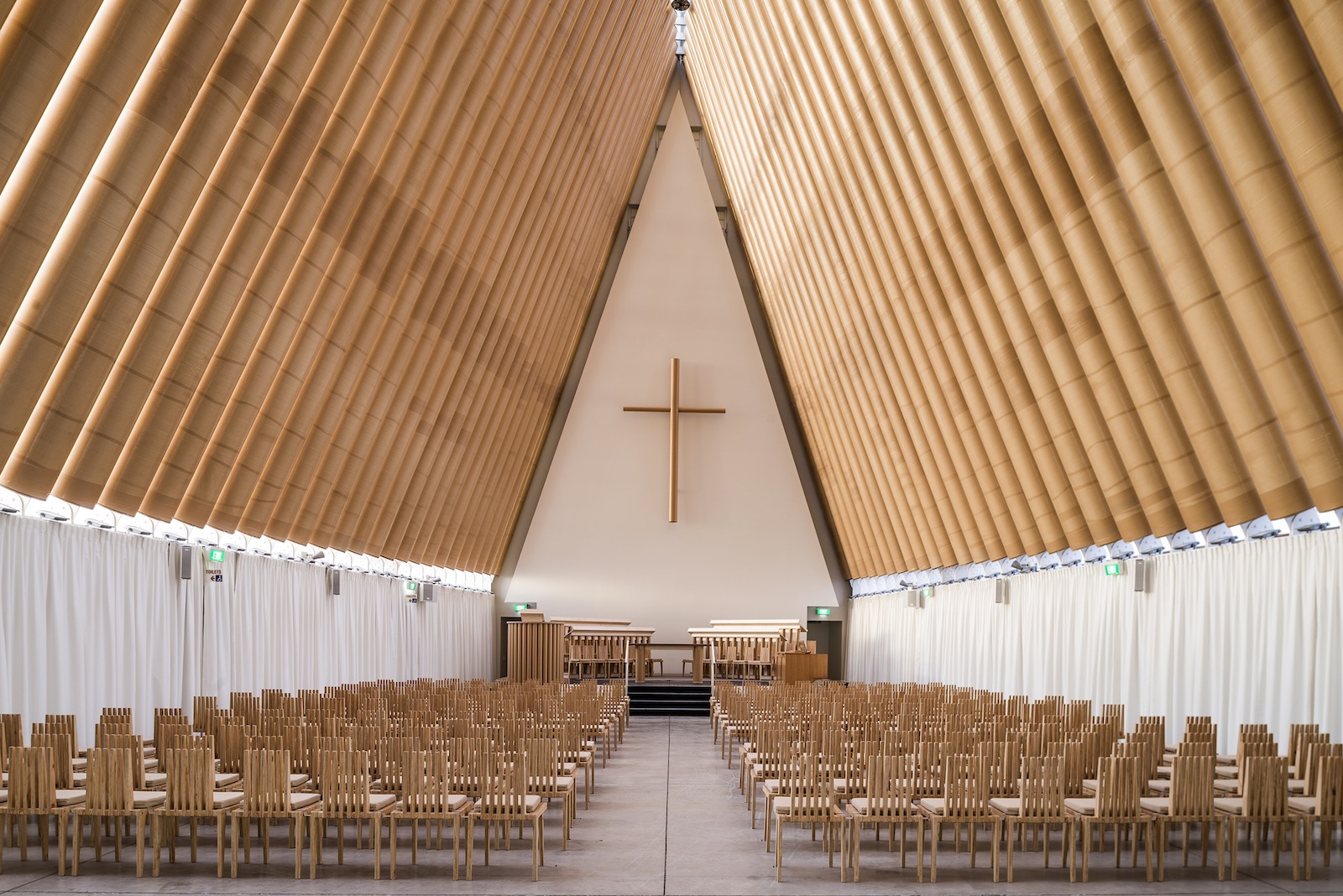
Cardboard Cathedral, 2013, Christchurch, New Zealand; Photo by Stephen Goodenough
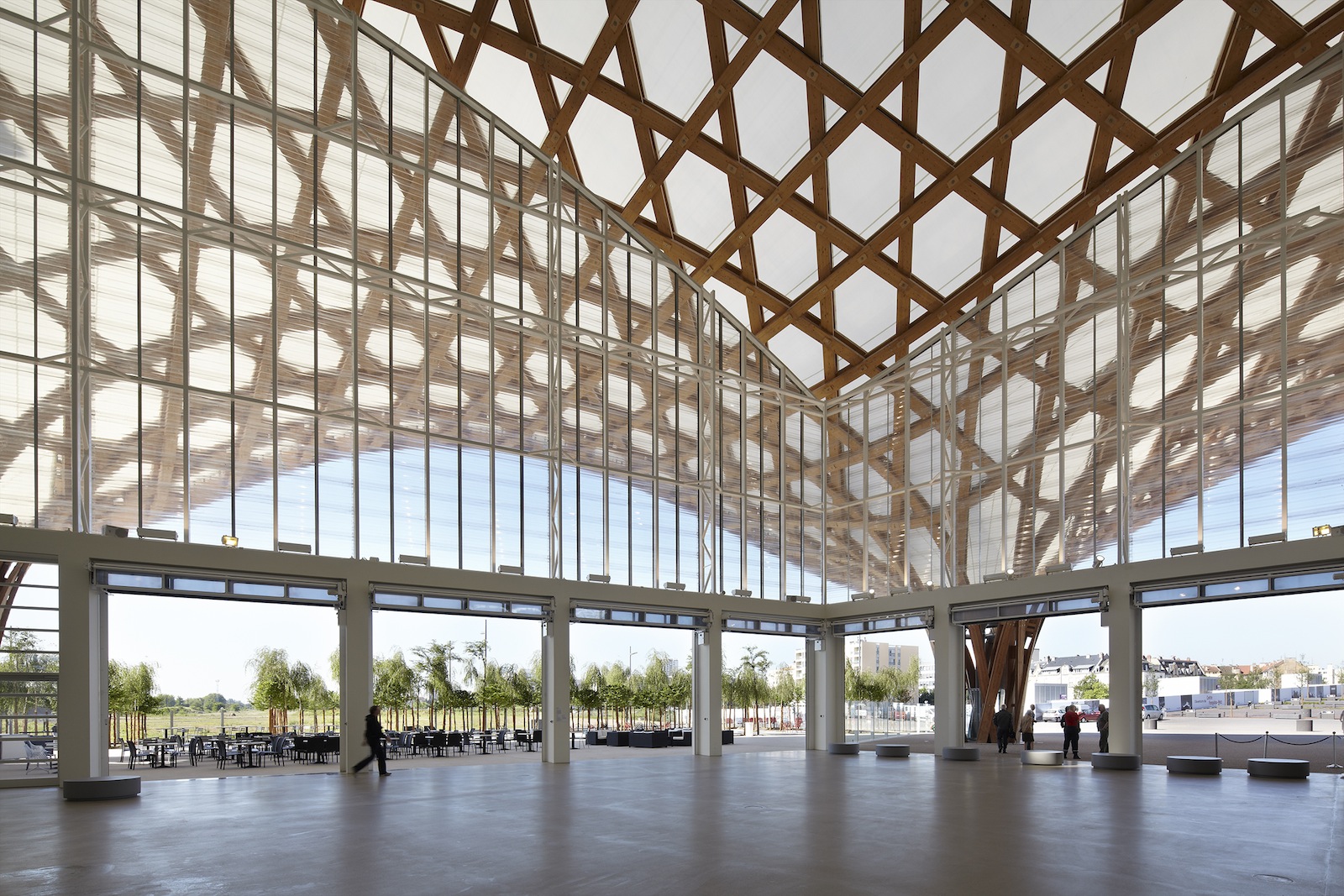
Centre Pompidou-Metz, 2010, France; Photo by Didier Boy de la Tour
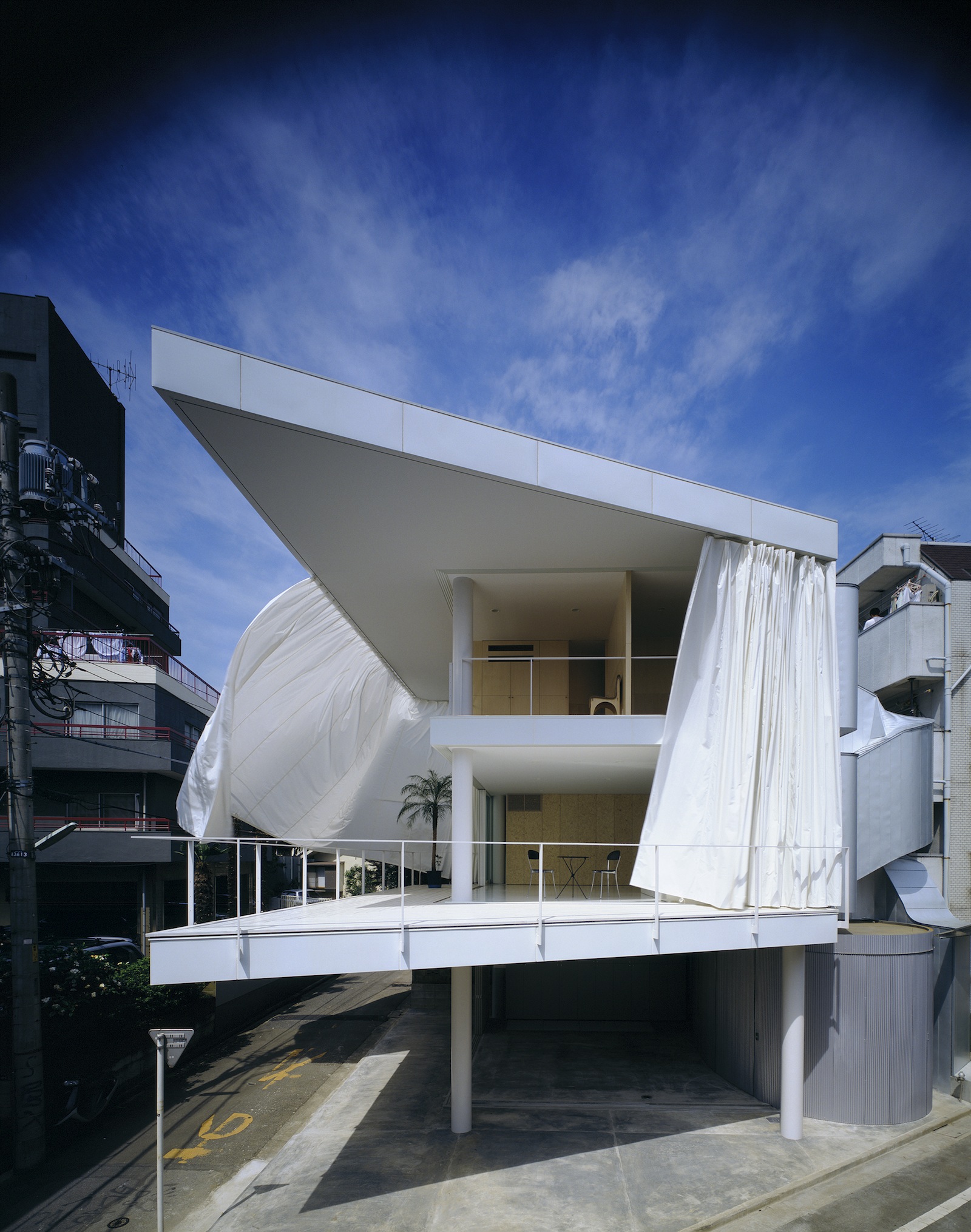
Curtain Wall House, 1995, Tokyo, Japan; Photo by Hiroyuki Hirai
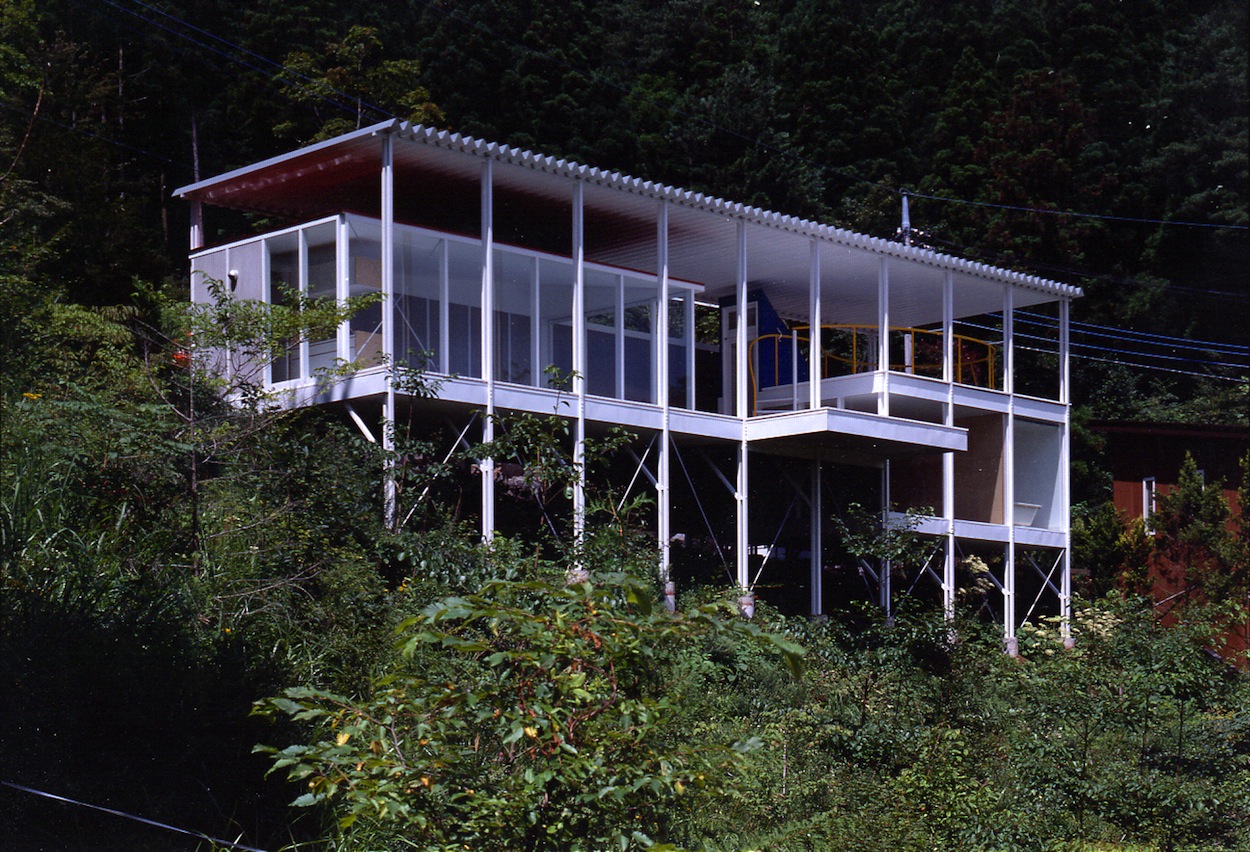
House of Double-Roof, 1993, Yamanashi, Japan; Photo by Hiroyuki Hirai
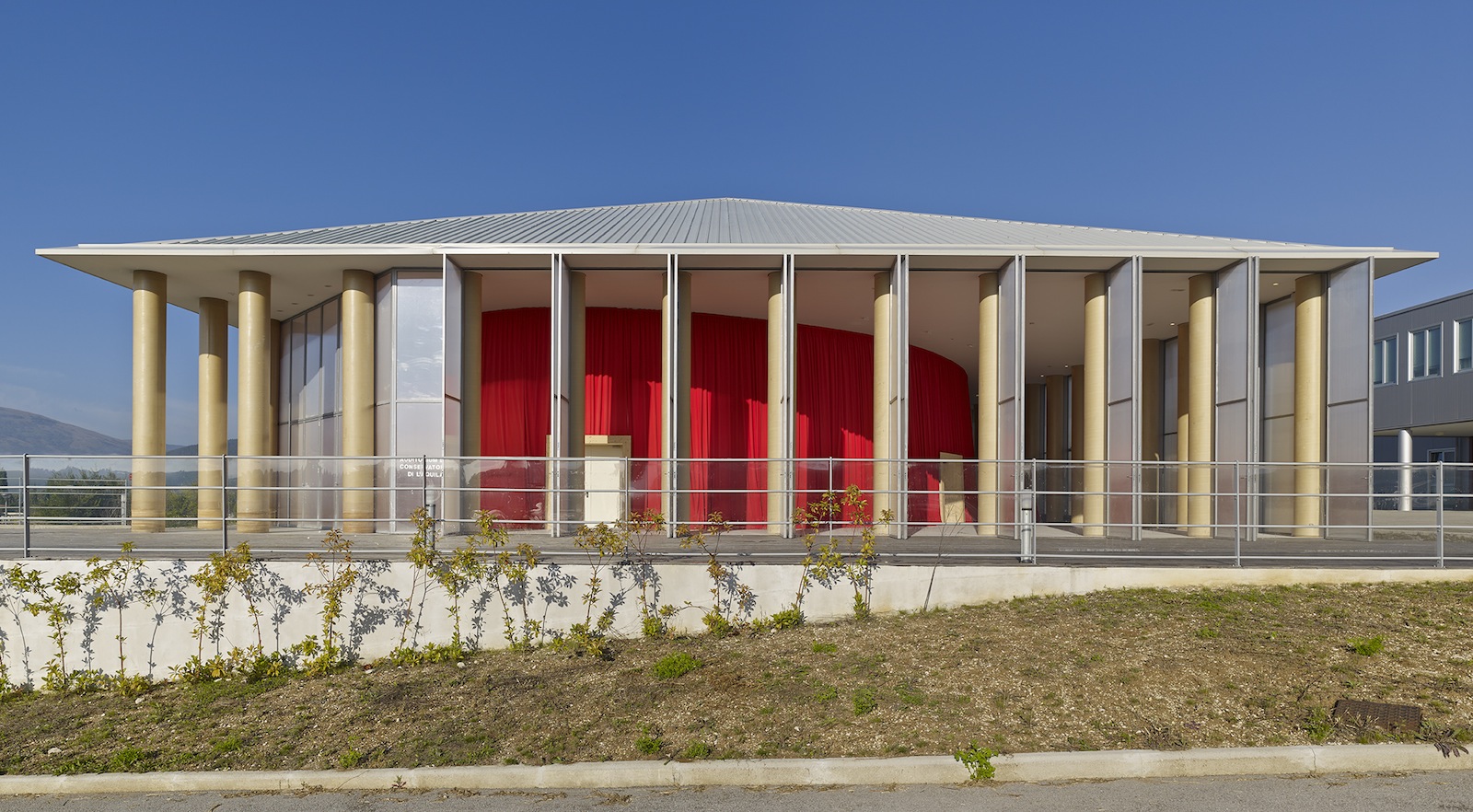
Paper Concert Hall, 2011, L’Aquila, Italy; Photo by Didier Boy de la Tour
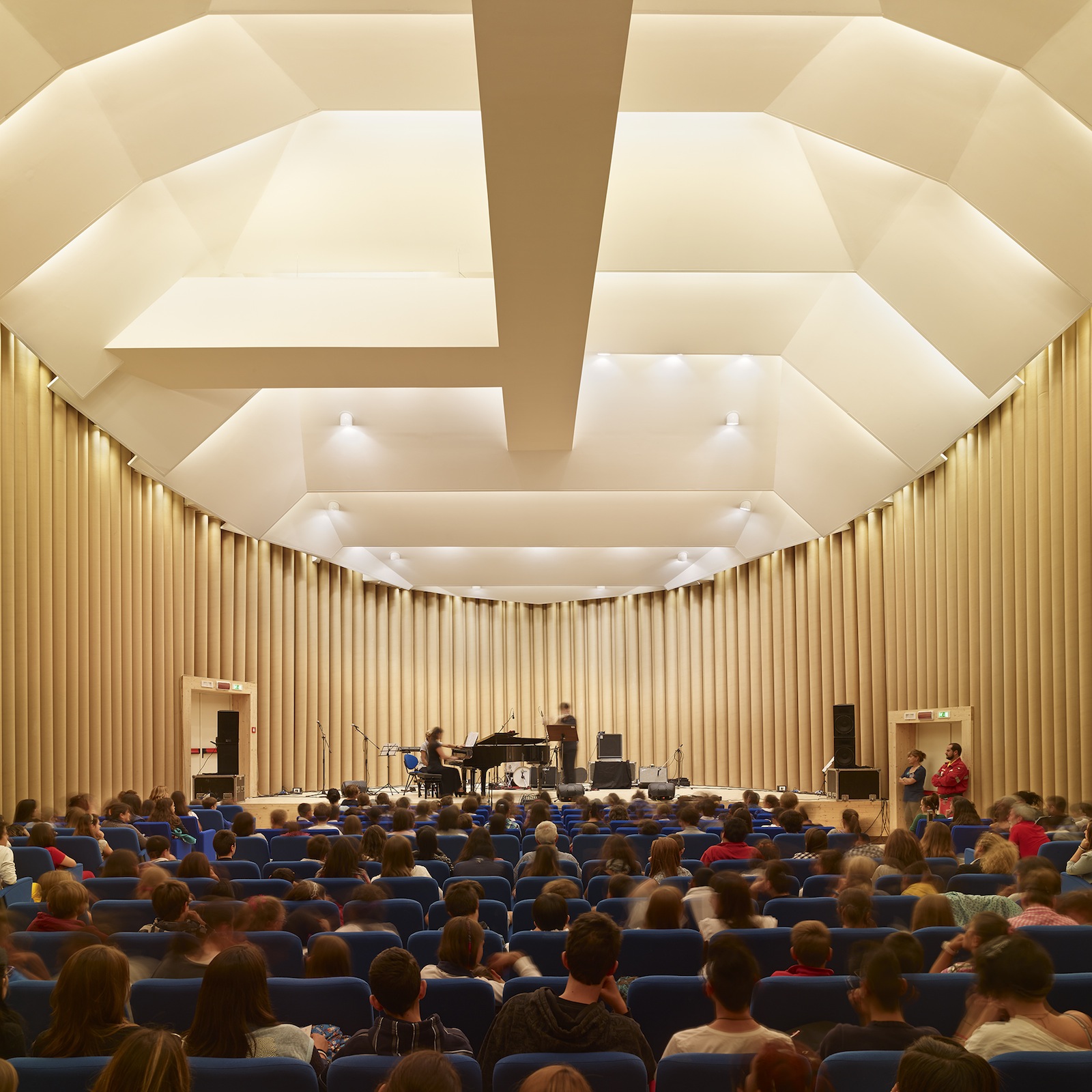
Paper Concert Hall, 2011, L’Aquila, Italy; Photo by Didier Boy de la Tour
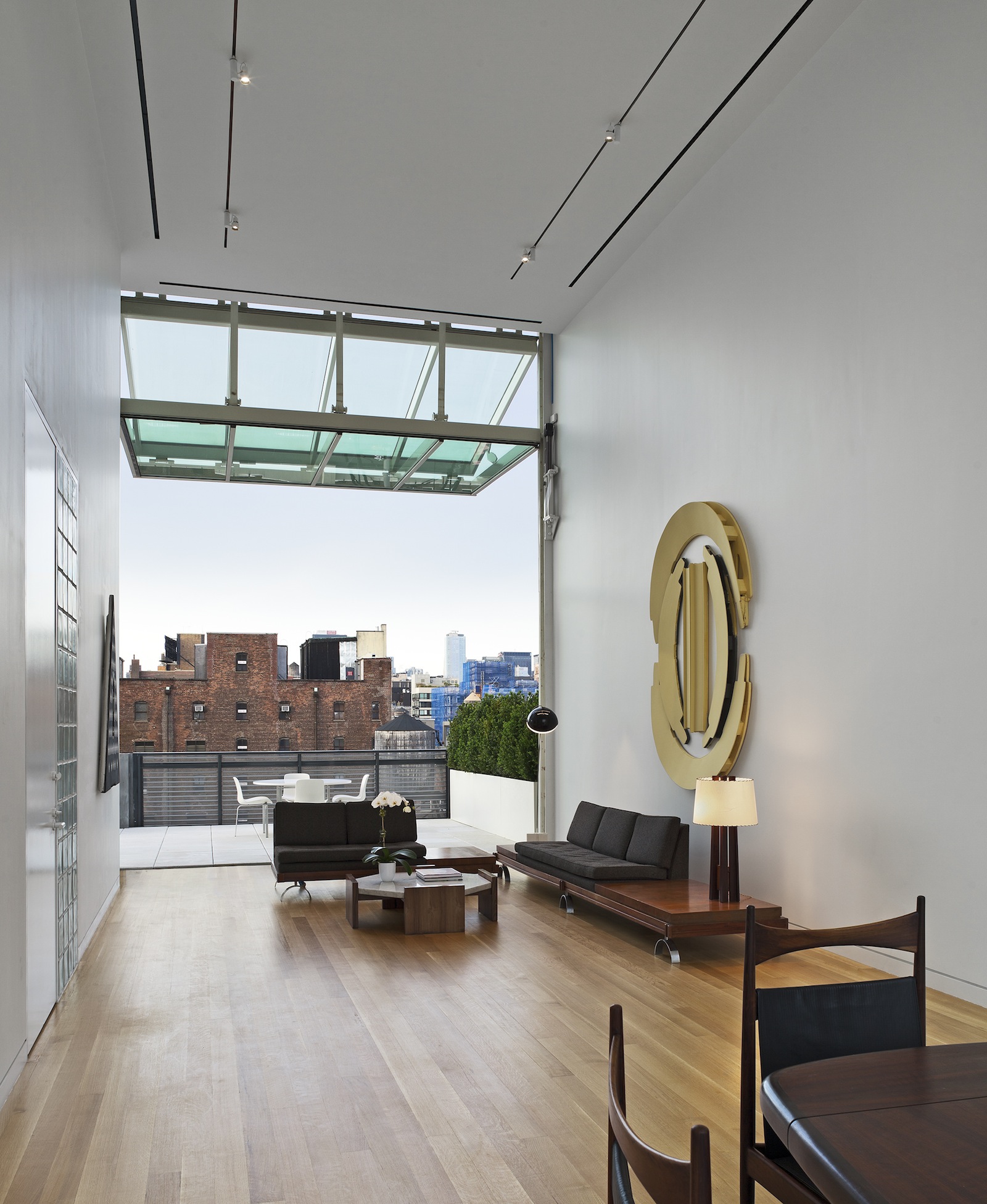
Metal Shutter House, 2010, New York; Photo by Michael Moran
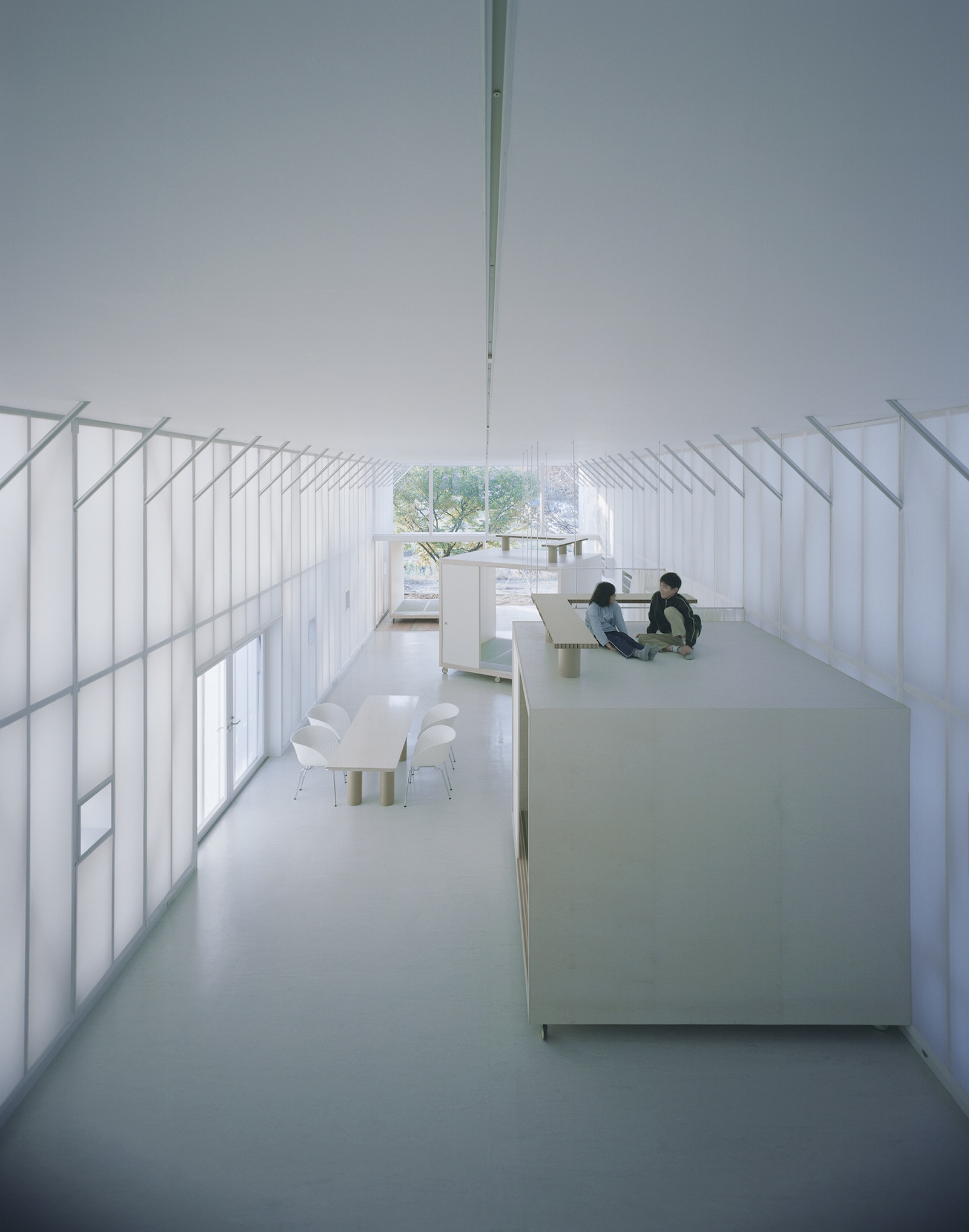
Naked House, 2000, Saitama, Japan; Photo by Hiroyuki Hirai
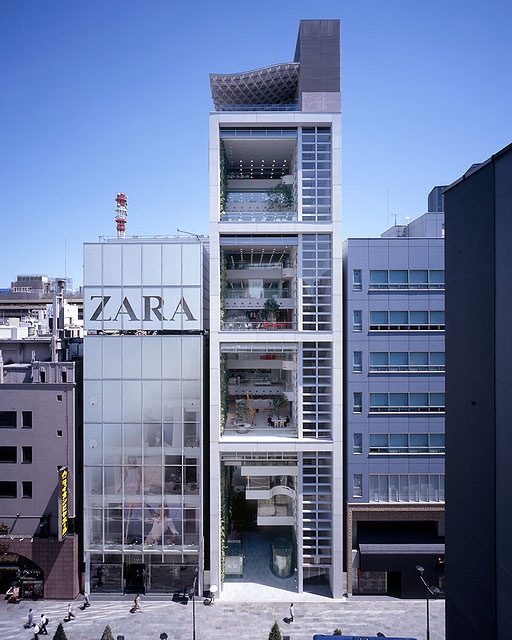
Nicolas G. Hayek Center, 2007, Tokyo, Japan; Photo by Hiroyuki Hirai
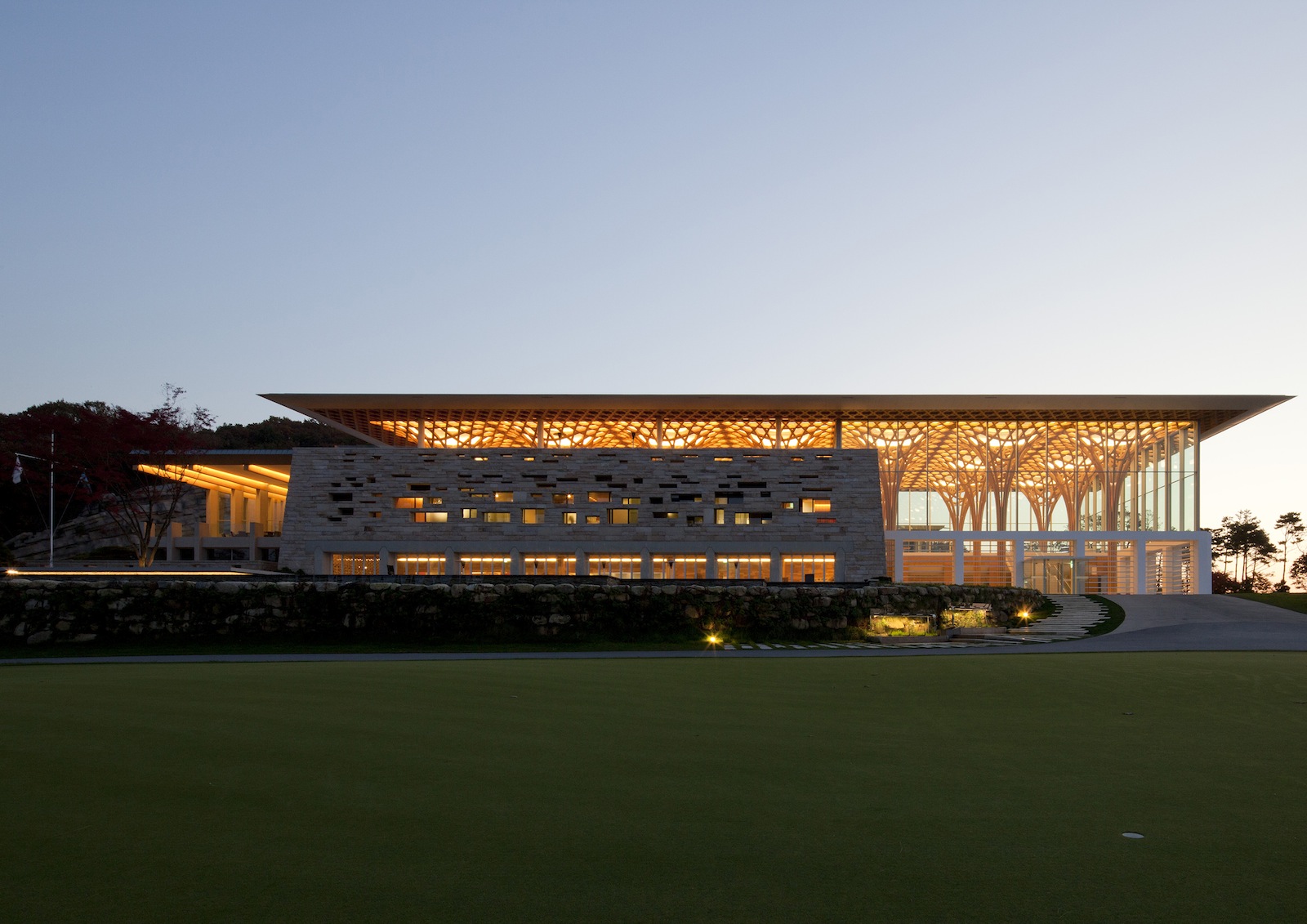
Haesley Nine Bridges Golf Club House, 2010, Korea; Photo by Hiroyuki Hirai
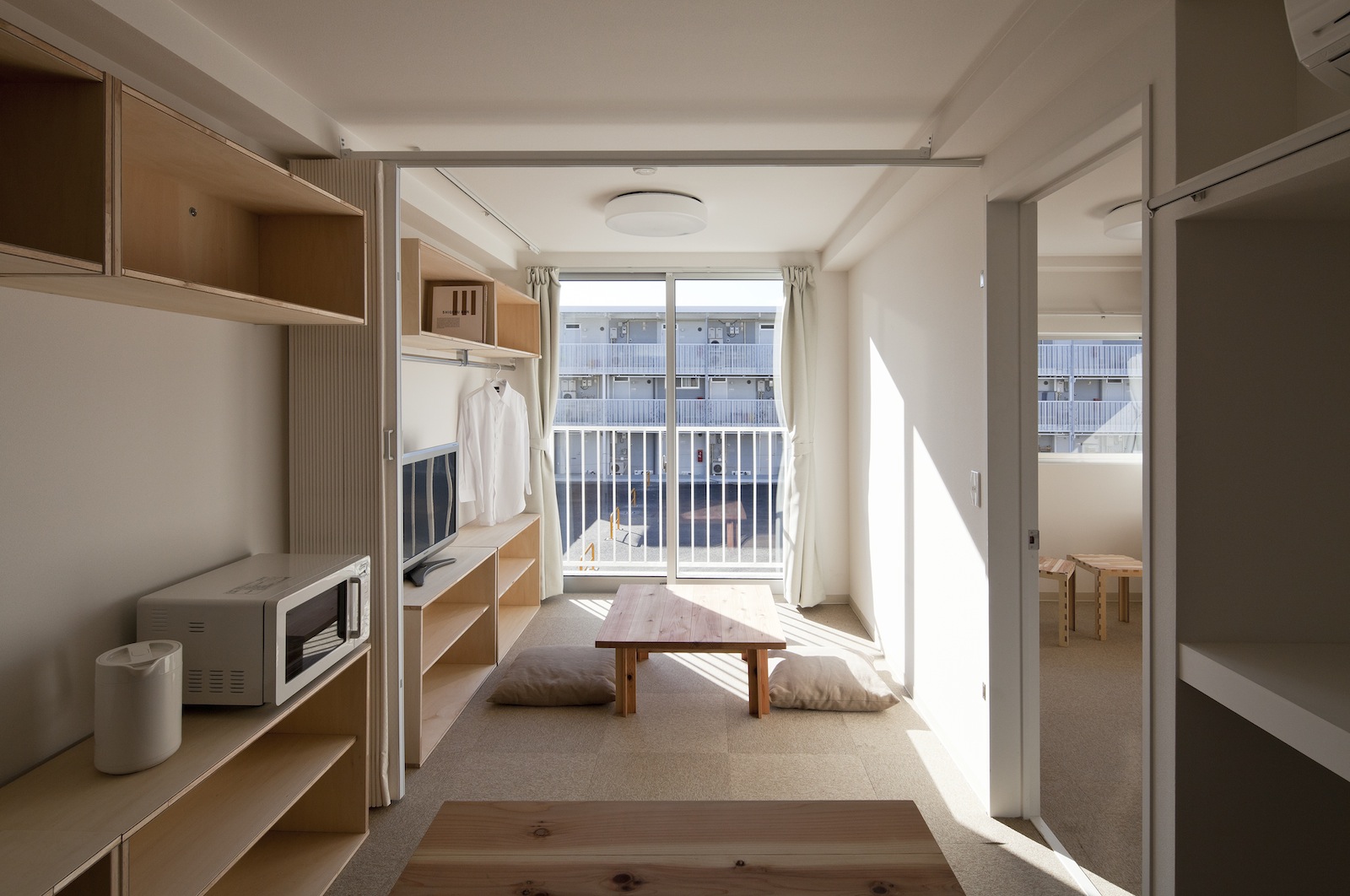
Container Temporary Housing, 2011, Onagawa, Miyagi, Japan; Photo by Hiroyuki Hirai
Related Stories
| Aug 11, 2010
Colonnade fixes setback problem in Brooklyn condo project
The New York firm Scarano Architects was brought in by the developers of Olive Park condominiums in the Williamsburg section of Brooklyn to bring the facility up to code after frame out was completed. The architects designed colonnades along the building's perimeter to create the 15-foot setback required by the New York City Planning Commission.
| Aug 11, 2010
Wisconsin becomes the first state to require BIM on public projects
As of July 1, the Wisconsin Division of State Facilities will require all state projects with a total budget of $5 million or more and all new construction with a budget of $2.5 million or more to have their designs begin with a Building Information Model. The new guidelines and standards require A/E services in a design-bid-build project delivery format to use BIM and 3D software from initial ...
| Aug 11, 2010
Opening night close for Kent State performing arts center
The curtain opens on the Tuscarawas Performing Arts Center at Kent State University in early 2010, giving the New Philadelphia, Ohio, school a 1,100-seat multipurpose theater. The team of Legat & Kingscott of Columbus, Ohio, and Schorr Architects of Dublin, Ohio, designed the 50,000-sf facility with a curving metal and glass façade to create a sense of movement and activity.
| Aug 11, 2010
Residence hall designed specifically for freshman
Hardin Construction Company's Austin, Texas, office is serving as GC for the $50 million freshman housing complex at the University of Houston. Designed by HADP Architecture, Austin, the seven-story, 300,000-sf facility will be located on the university's central campus and have 1,172 beds, residential advisor offices, a social lounge, a computer lab, multipurpose rooms, a fitness center, and a...
| Aug 11, 2010
News Briefs: GBCI begins testing for new LEED professional credentials... Architects rank durability over 'green' in product attributes... ABI falls slightly in April, but shows market improvement
News Briefs: GBCI begins testing for new LEED professional credentials... Architects rank durability over 'green' in product attributes... ABI falls slightly in April, but shows market improvement
| Aug 11, 2010
Luxury Hotel required faceted design
Goettsch Partners, Chicago, designed a new five-star, 214-room hotel for the King Abdullah Financial District (KAFD) in Riyadh, Saudi Arabia. The design-build project, with Saudi Oger Ltd. as contractor and Rayadah Investment Co. as developer, has a three-story podium supporting a 17-story glass tower with a nine-story opening that allows light to penetrate the mass of the building.
| Aug 11, 2010
Three Schools checking into L.A.'s Ambassador Hotel site
Pasadena-based Gonzalez Goodale Architects is designing three new schools for Los Angeles Unified School District's Central Wilshire District. The $400 million campus, located on the site of the former Ambassador Hotel, will house a K-5 elementary school, a middle school, a high school, a shared recreation facility (including soccer field, 25-meter swimming pool, two gymnasiums), and a new publ...
| Aug 11, 2010
New Jersey's high-tech landscaping facility
Designed to enhance the use of science and technology in Bergen County Special Services' landscaping programs, the new single-story facility at the technical school's Paramus campus will have 7,950 sf of classroom space, a 1,000-sf greenhouse (able to replicate different environments, such as rainforest, desert, forest, and tundra), and 5,000 sf of outside landscaping and gardening space.


